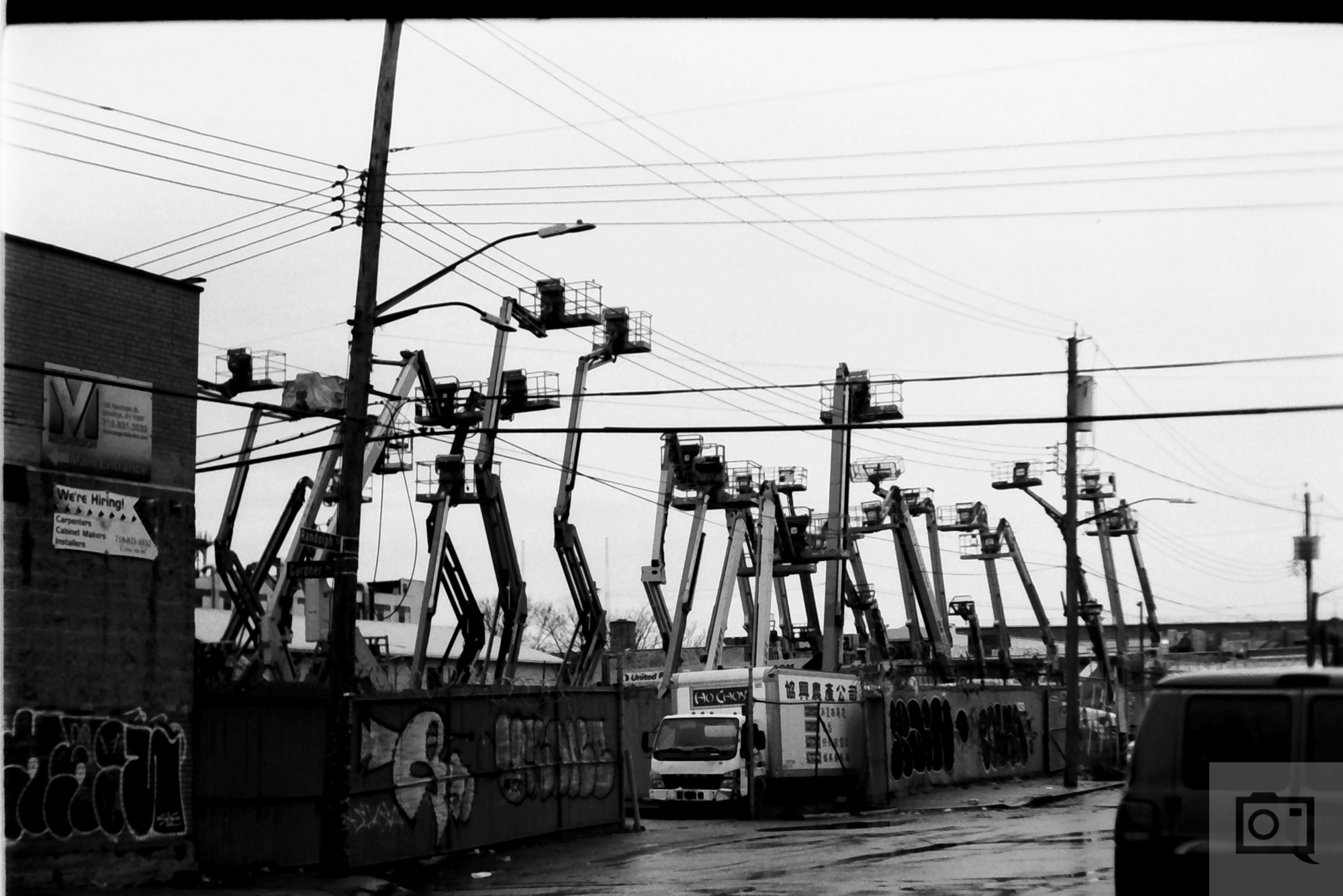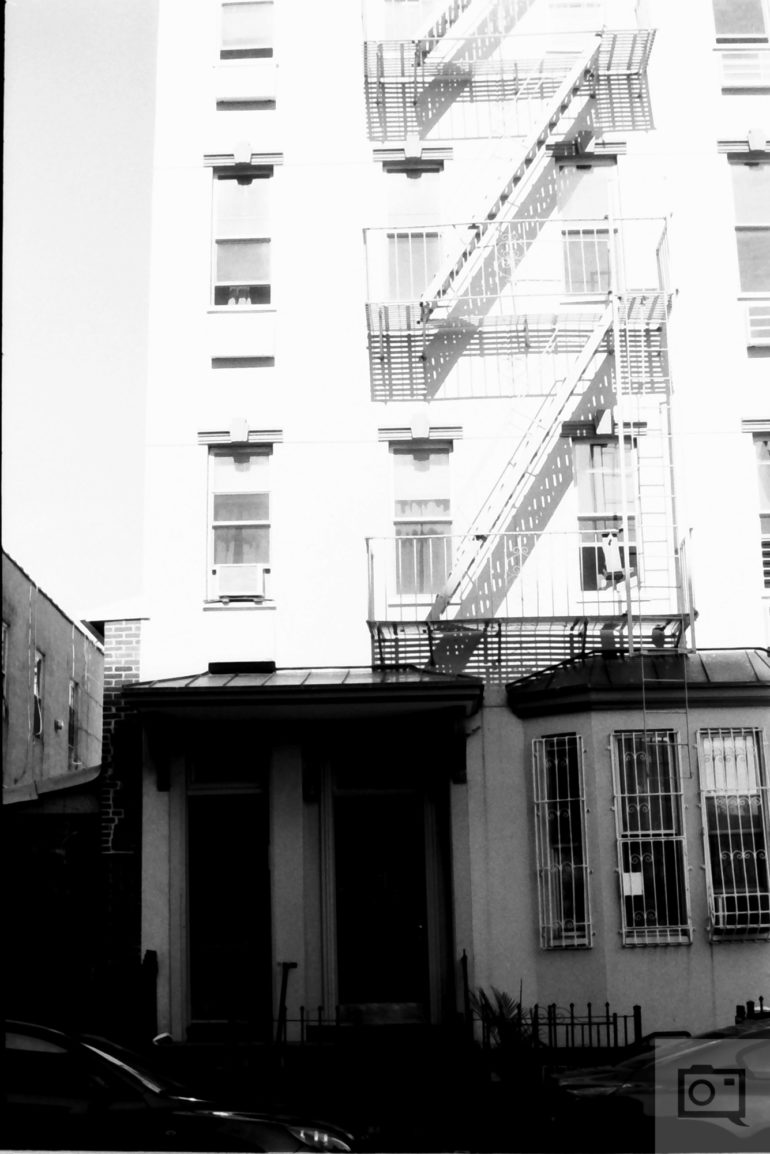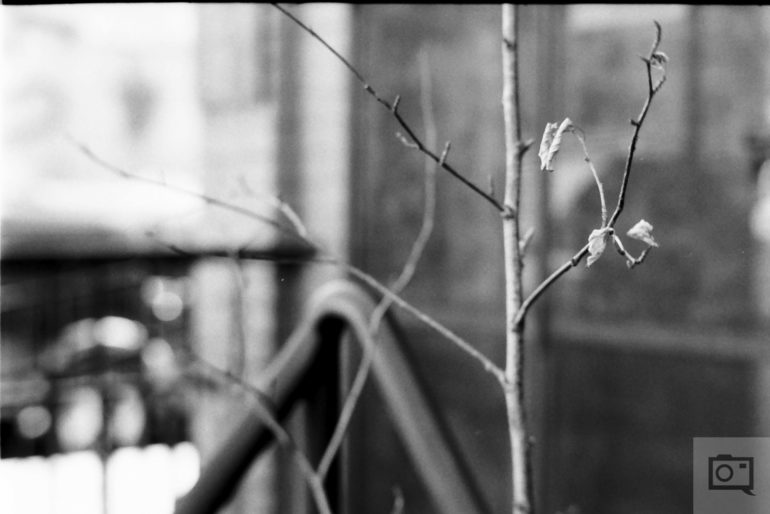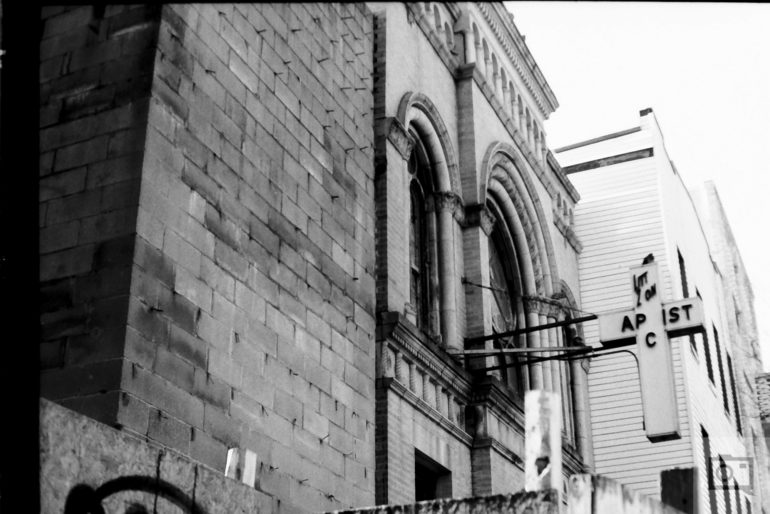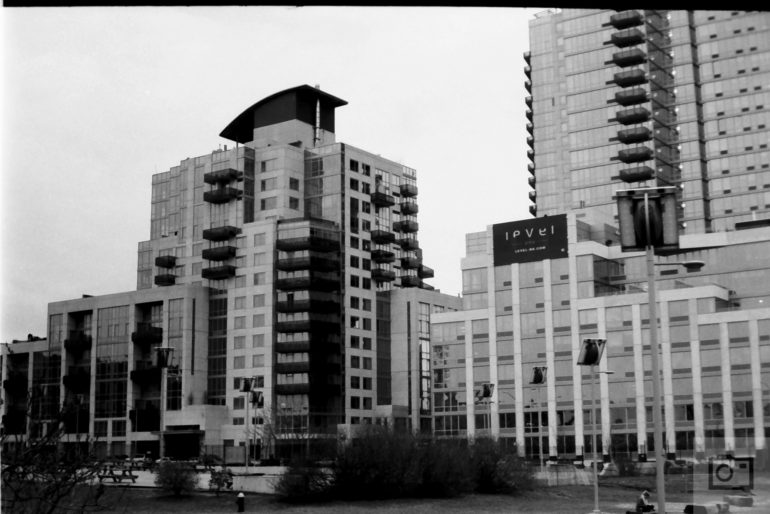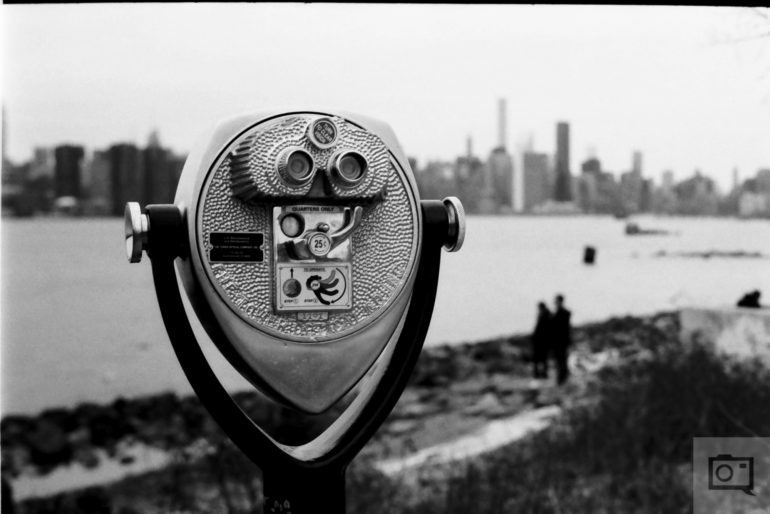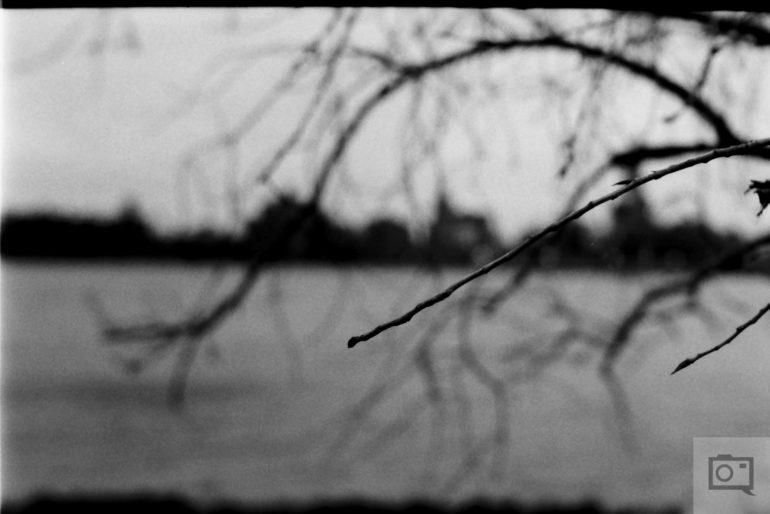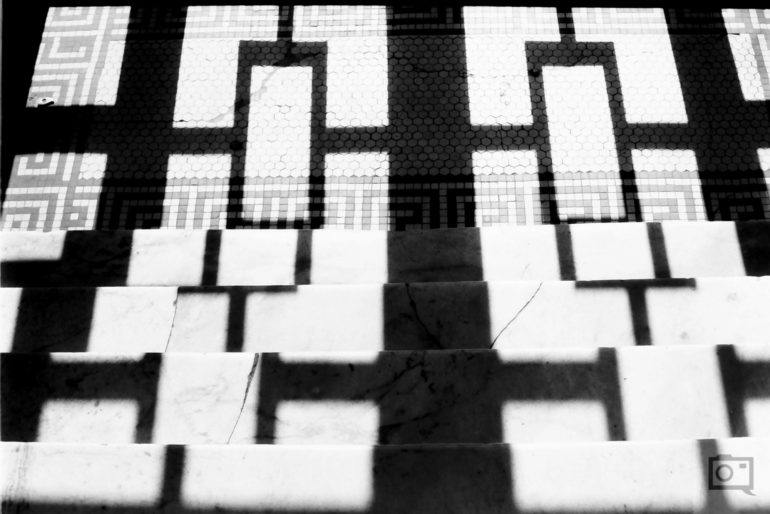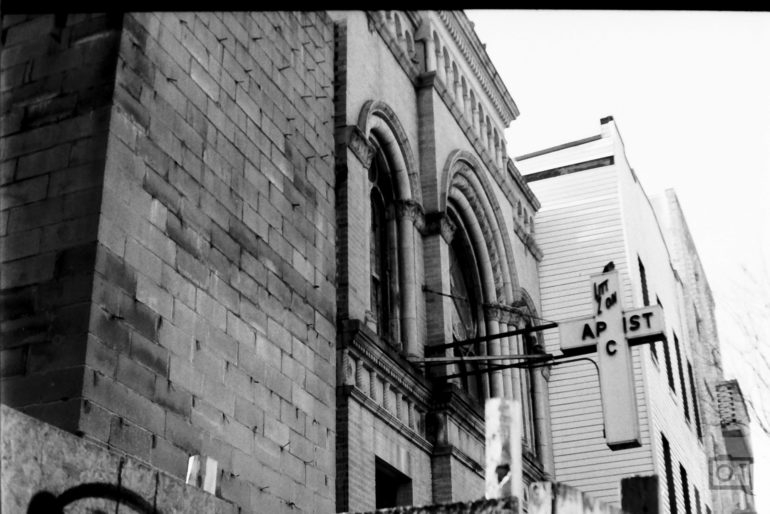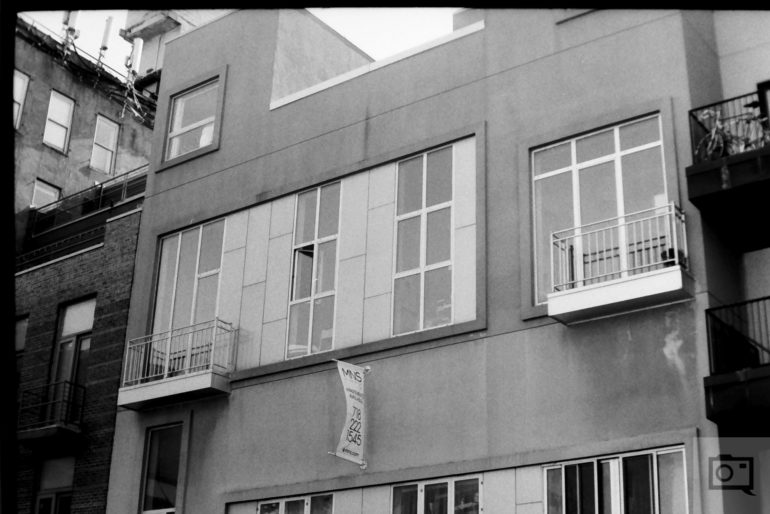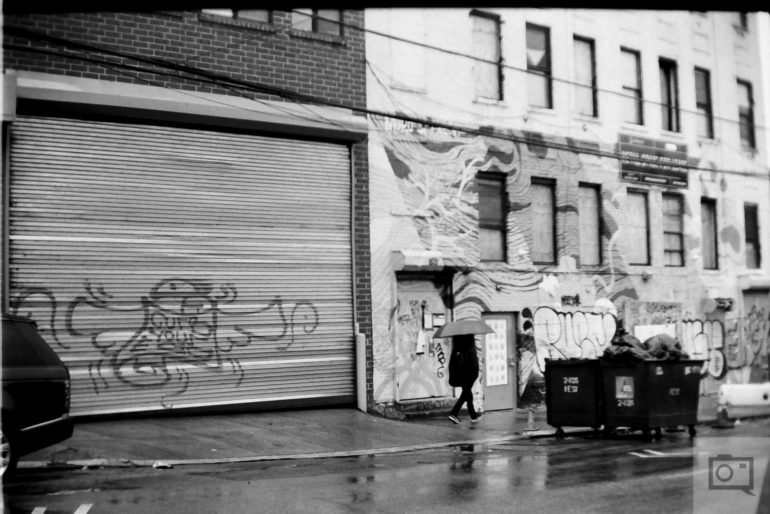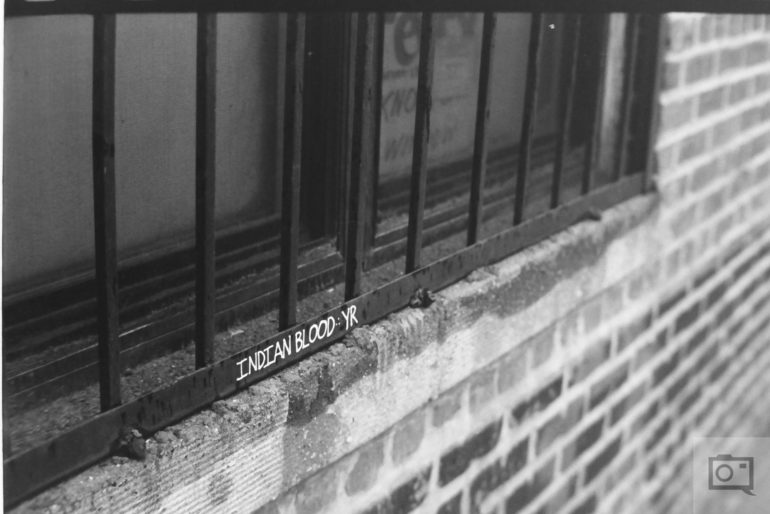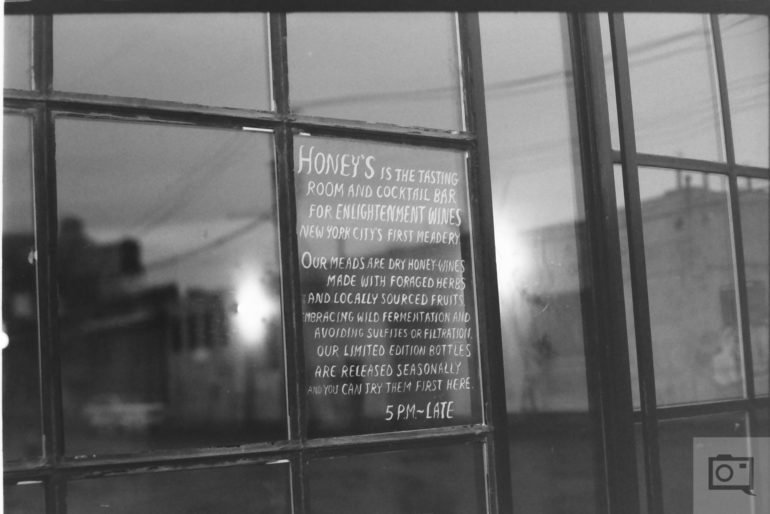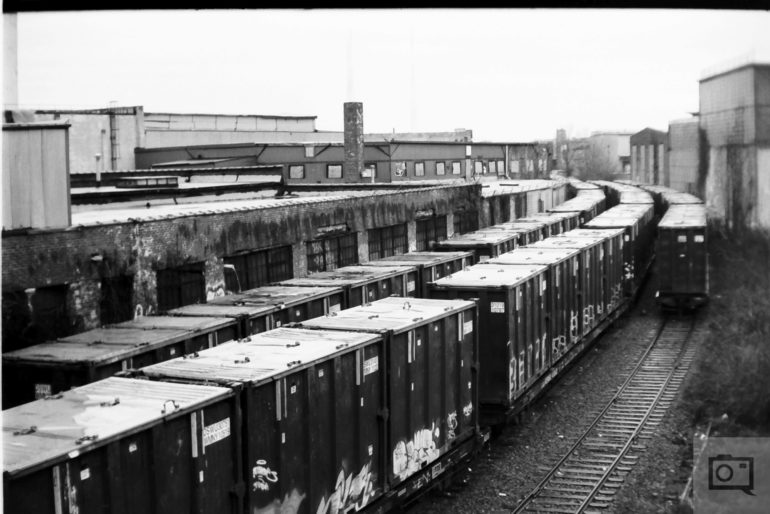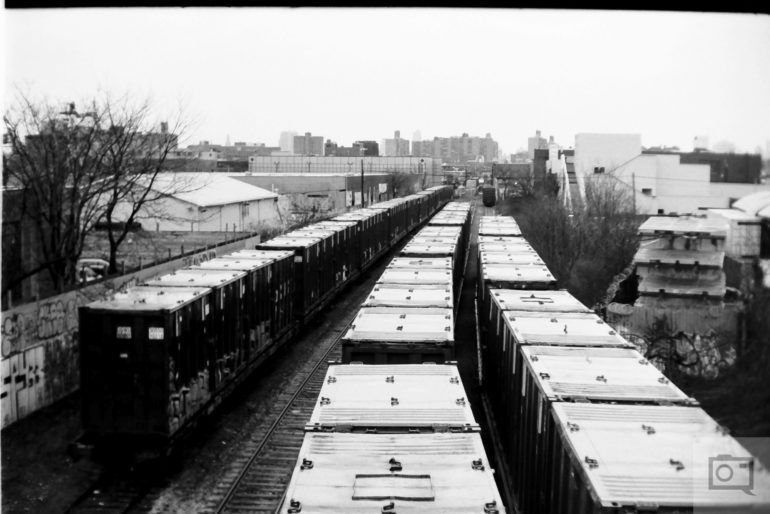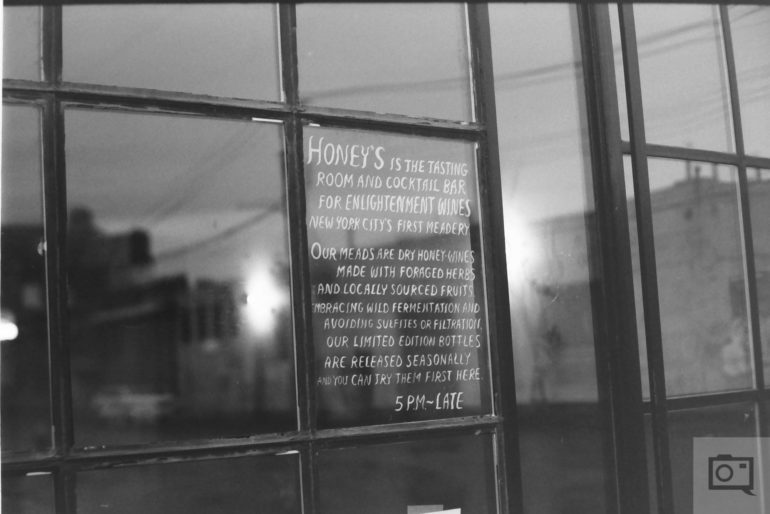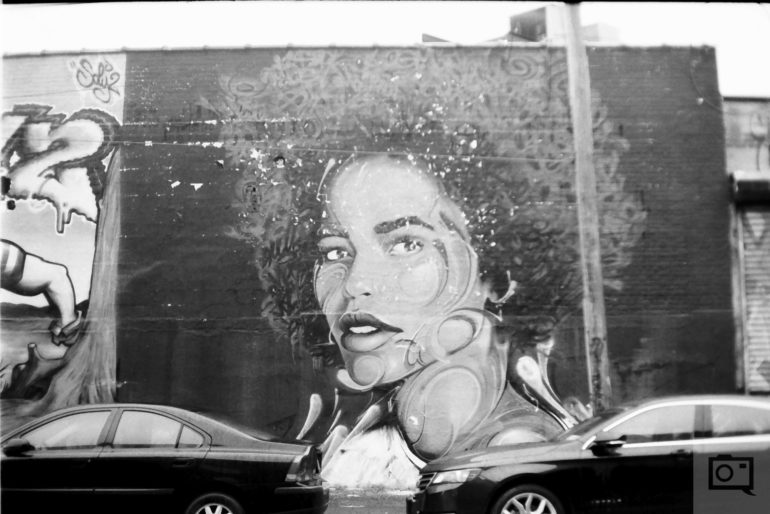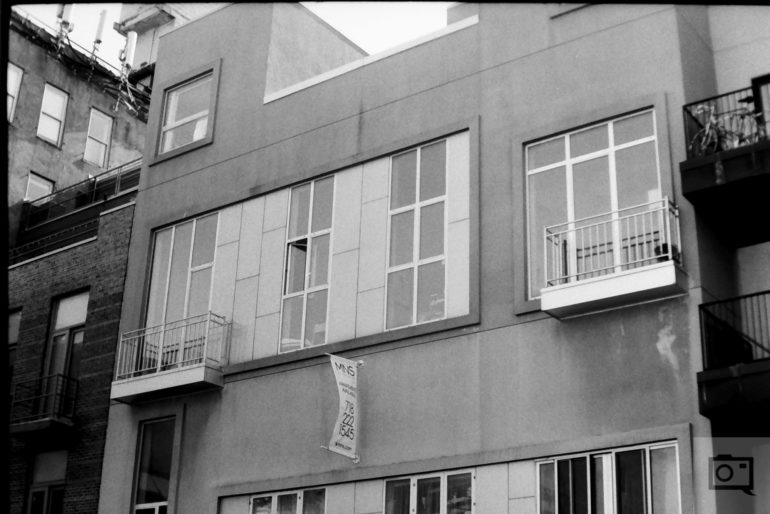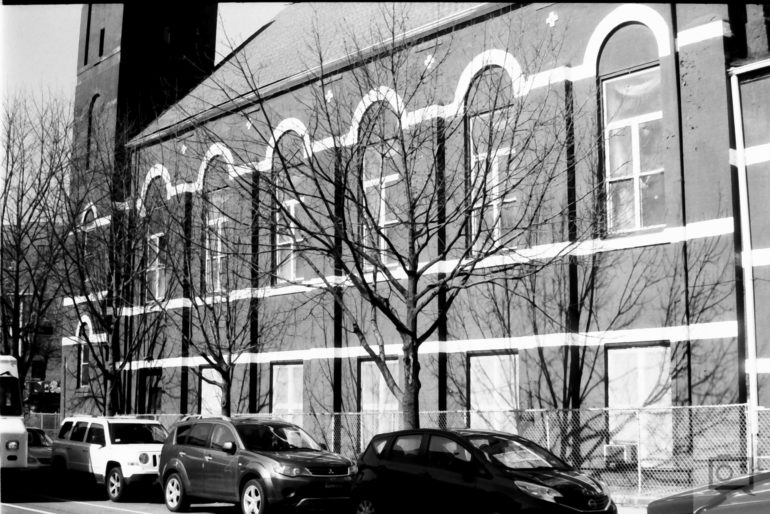Last Updated on 07/17/2018 by Chris Gampat
Ilford FP4 Plus 125 is one of the more unique films on the market.
Since learning about what it could do years ago, I’ve had an affinity for Ilford FP4 Plus 125, but also understood that it isn’t a jack of all trades type of film. Instead, Ilford FP4 125 is what I’d like to call a film that you’d try to shoot high contrast with, but with the knowledge that the shadows are going to be opened up no matter what. In fact, that’s really what this film is all about. You’re often encouraged to underexpose it to get more from the highlights and have the shadows be taken care of in the processing. Available in both 35mm and 120 film stocks, Ilford FP4 125 can be really beautiful in the right hands. While I may instead reach for CineStill bwXX for portraits, I’ve found Ilford FP4 Plus 125 to be best for things like street and abstract, architecture photos.
Tech Specs
Specs taken from Ilford’s website:
ILFORD FP4 PLUS is a medium speed, all-purpose black & white film with very fine grain and outstanding sharpness.
It has superb exposure latitude above and below its ISO 125, (meaning it can be both push or pull-processed). This makes FP4 PLUS a highly capable film for most photographic subjects, scenarios and lighting conditions.
It particularly excels at highly detailed subjects in good indoor and outdoor lighting conditions and is therefore an ideal film for portraits, fashion, street, product photography, landscapes and architecture.
FP4 PLUS can be processed in a wide range of different developers using spiral tanks, deep tanks and automatic processors.
Ease of Use
With Ilford FP4 Plus 125, photographers are going to be shooting pretty stagnant subjects and most likely in daylight settings. I really see landscape photographers and portrait photographers in a studio being the ones to go for it due to Ilford FP4 Plus 125 being such a slow film. This goes especially for those with big medium format cameras like the Pentax 67 SLR film camera. This along with something like the Mamiya 67 Pro S are pretty heavy and hefty; handholding can be difficult. However, if you load it into a Mamiya 6 rangefinder like I did, you’ll get a different experience.
When shooting with this film in the 120 format, I let the camera meter do its thing in aperture priority but in hindsight, I probably shouldn’t have done this. In very low lighting, you still need to remember that Ilford FP4 Plus 125 is a slow film. So it will want anywhere of around one stop more light if that’s the exposure you really want. In my case, it totally is. When shooting outdoors in daylight though, feel free to underexpose to under a stop. All of this sounds like very typical shooting methods when it comes to shooting with film, but what you need to remember with Ilford FP4 125 is that even if you try to get those really dark shadows, Ilford FP4 Plus 125 just won’t let it happen. You’re not going to get those deep, inky blacks that CineStill bwXX, Tri-X, and TMax give you.
All of our film was developed by Lomography Gallery Store NYC and scanned by Lomography and with the Kodak Scanza (the latter I’ve been having a few issues with).
Image Quality
Ilford FP4 Plus 125 can be a very sharp film with the right lenses, but at this ISO, I feel like there are significantly sharper films out there. TMax 400 is sharper in my opinion. Fujifilm Acros 100 (if you still have some) is significantly sharper. Delta 100 is sharper. With Ilford FP4 Plus 125, don’t expect a whole lot of it on top of what your lens can do. If your creative vision often involves a bit of softness, then you’ll adore Ilford FP4 Plus 125. The above photo was shot with the Mamiya 6 and their 75mm f3.5 lens wide open. It’s pretty darned sharp, but I’ve seen sharper images with this lens.
The film has a very fine grain though. Again, some photographers shoot film for that organic grain look. Ilford FP4 Plus 125 is more prim and proper in regards to grain. Of course, a photographer could go ahead and develop with Rodinal if they want. But I’d say that there’s no point with Ilford FP4 Plus 125.
As stated earlier, Ilford FP4 Plus 125 naturally brings out more details in the shadows. So because of this it tends to be very low contrast though versatile.
Conclusions
Ilford FP4 Plus 125 is a film that has a really nice rendering to it in certain situations. It can deliver a very classic look. Will I use it again? Occasionally. I personally am more of a fan of films with deeper blacks and shadows. But for landscape photographers, I think Ilford FP4 Plus 125 is the perfect black and white film for you to approach any project you tackle.


